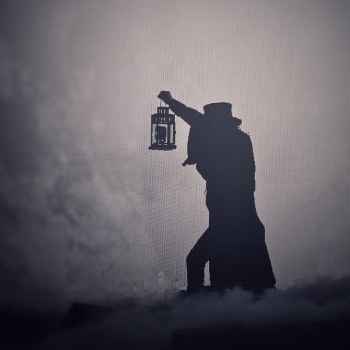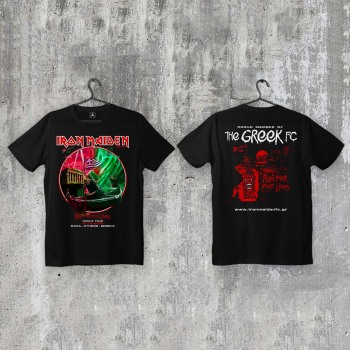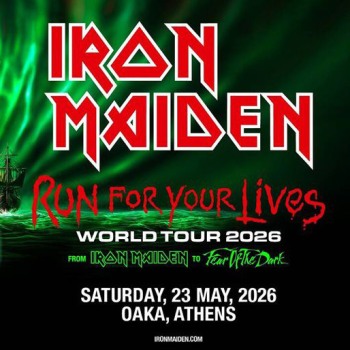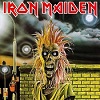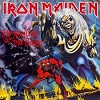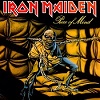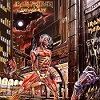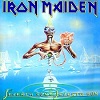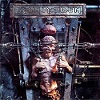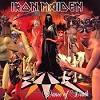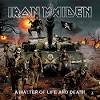Iron Maiden kicked off their anniversary tour Run For Your Lives in Budapest with a thunderous start, launching an ambitious endeavor: the celebration of their 50-year career.
The concert was a bold new chapter for the band, and the images are still very fresh in our minds. A spectacle full of technology, visuals, refreshed stage design, and an impressive setlist—like a collectible best-of from the band's first golden era—debuted in Budapest.
What’s important to highlight is that, contrary to rumors and expectations, Maiden never promised songs that had never been performed live. They didn’t fall into the trap of selling something “unique” at all costs. Instead, they chose to create a safe setlist. They brought back Rime of the Ancient Mariner and Seventh Son of a Seventh Son—two eras that had previously supported entire tours—and made them work as organic parts of a new narrative journey.
The Budapest show was one of the most technologically advanced the band has ever delivered. Eddie was absent during Iron Maiden for the first time—a move that seemed to signify not a loss, but a transition. The new stage design relied on a deep platform stage with integrated video walls, digital graphics, and dynamic themed sets that changed throughout the show. Notably, during Rime of the Ancient Mariner, we saw the first visual depiction of the Mariner, Death, and the albatross—immersing the audience in the poem’s world!
However, there were technical issues. The video wall in the background, when hit by strong stage lights, faded significantly in color and diminished the intended visual impact. It was a detail that stood out—especially for those seated directly across from the stage.
New drummer Simon Dawson arguably had the hardest task of the night: to fill the massive void left by Nicko McBrain, who had defined the Maiden sound behind the kit since 1982. Dawson certainly showed technical competence, but he hasn’t yet fully locked in with the rest of the band. His drum kit is noticeably stripped-down—lacking the fortress-like setup of McBrain—making the drummer visible on stage for the first time. Additionally, several tracks sounded slightly slower than their studio versions, perhaps due to Dawson’s adjustment phase or a heavier live interpretation.
The night’s sound was, unfortunately, disappointing. At least during the first few songs, there was noticeable muddiness, muffled guitars, and low vocals. Although this may have improved slightly as the set progressed, the overall impression remained underwhelming.
Despite the technical problems and the changes, the Run For Your Lives tour seems to give the band a second wind. A life extension. A new narrative. Perhaps this is the band’s final grand chapter—or the beginning of a different kind of ending. Either way, it was an unforgettable night, and we can’t wait for the next show in just a few minutes.
